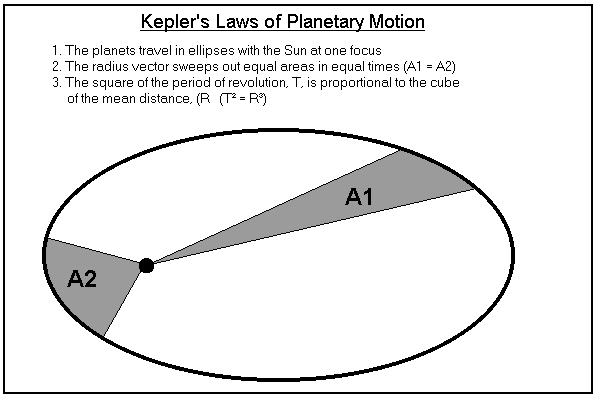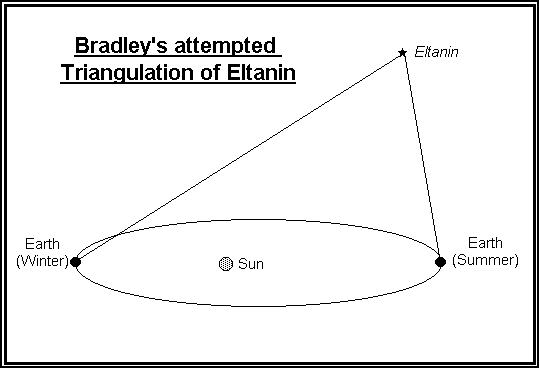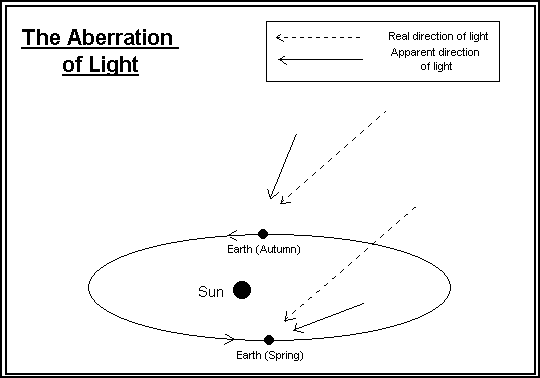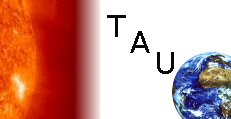This page last modified 1998 July 16
The Heliocentric Revolution
The first murmurings of a heliocentric system were those of Heracleides of Pontus, who also taught that the Earth rotates daily on its axis. Aristarchus of Samos also suggested a heliocentric solar system, with stars a tremendous distance away This would account for their constancy of brightness. Cleanthes wanted him condemned for impiety for "putting in motion the Hearth of the Universe". The idea slept until the 16th Century.
Mikolaj Kopernigk (Nicolaus Copernicus) (1473-1543) realised that the Ptolemaic system was inadequate and, having read of Aristarchus' theories, became convinced that the solar system was heliocentric. Wrote down some ideas in 1530, De Revolutionibus Orbium Coelestrum was written in 1540 and published in 1543 — Copernicus received it on his deathbed. This work was initially approved by the Church, but was declared false in 1616 (until 1835). His system, based on circles, was not accurate for prediction.
Giordano Bruno (1548-1600). Italian monk. Was burned alive at the stake for pantheism. He was also a supporter the Copernican model and some people at the time (and even now!) believed that this was the reason for his execution (although Copernicanism was not a heresy until 16 years later). Later astronomers must have been aware of, and cautious because of, this.
Tycho Brahe (1546-1601) "The first modern astronomer". Saw eclipse at 14. Became fascinated by astronomy. The conjunction of Jupiter and Saturn in 1563 occurred a month earlier than predicted and he realised that the astronomical tables in use were hopelessly inaccurate. In 1566 he fought a duel and had most of his nose cut off . Saw new star (Nova) in Cassiopeia (1572) and began to build accurate instruments for measurement. Was given island of Hven and built observatories (Uraniborg and Stjärneborg). Made extremely accurate measurements. Rejected the idea of a moving Earth. Revived the model of Heracleides. His behaviour forced him to leave and moved to Prague. Left several volumes of accurate observations (Rudolphine Tables).
Galileo Galilei (1564-1642) The first person to use a
telescope for systematic astronomical observation (Thomas Harriot made
earlier observations of the Moon).
He made 3 important observations:
The Moon is "rocky" - i.e. Earth is not unique in this respect.
Jupiter is a centre of rotation (of its moons) - i.e. Earth is not unique
in this respect.
Venus exhibits a full set of phases which demonstrate that it orbits the
Sun, not Earth.
Galileo asserted, but never proved, that the Earth
moves.
Johannes Kepler (1571-1630) Saw comet of 1577 and consequently studied mathematics and astronomy. Went to work for Tycho in 1599. Succeeded Tycho as Imperial Mathematician in 1601. Worked on Mars data. Announced first 2 laws of planetary motion in 1609. Announced 3rd in 1618. His Solemnium, published posthumously, tells story of man who travelled to the Moon — probably the first science fiction story.

Isaac Newton (1642-1727) There was, in 1680s, great interest in why planets should move in elliptical paths. From his study of Kepler's Laws he discovered Laws of Universal Gravitation, noting that gravity obeys an inverse square law.
James Bradley (1693-1762) Third Astronomer Royal (after Flamsteed and Halley). Tried to triangulate distance to gamma Draconis (Eltanin), which he assumed to be close because it is bright.

He expected it to be more northerly in summer and more southerly in winter. What he found was that it was more northerly in autumn, more southerly in spring. Whilst sailing, he came to the idea that light behaves as wind, and that he was seeing the effect of the equivalent of relative wind. This phenomenon, called the Aberration of Light, was the first evidence that Earth moves!

References
With so many excellent books on the history of astronomy, it is difficult to pick out just a few. Max Caspar's Kepler is the definitive biography of the man and his work. J.L.E.Dreyer's A History of Astronomy from Thales to Kepler is a masterpiece of historical insight and scientific accuracy. My favourite book on the subject is Arthur Koestler's very readable The Sleepwalkers.


